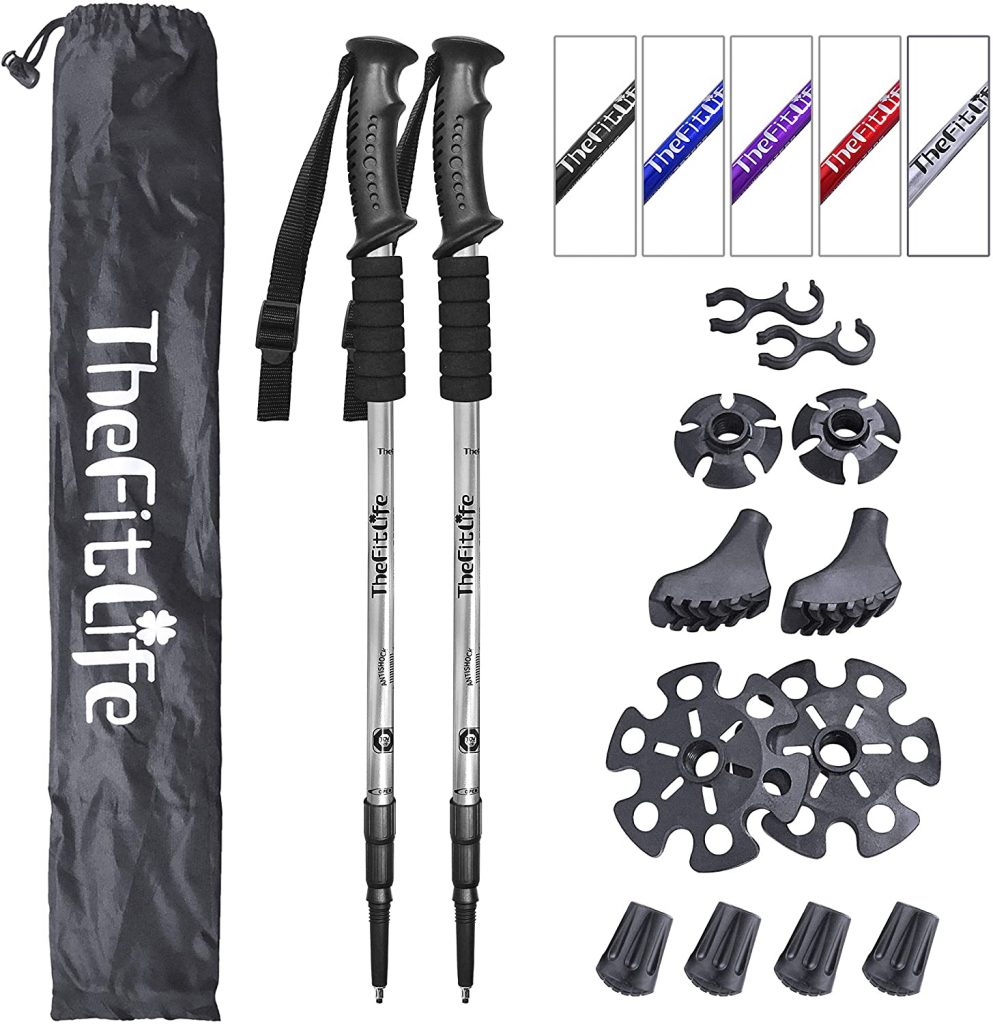The Benefits Of Trekking Poles
Benefits of trekking poles: Discover everything you need to elevate your hiking experience in this comprehensive guide.

Hiking poles or trekking poles as hikers call them are a common hiking accessory. It took us a few hikes before investing in a good set of poles realizing what a difference they made for me. The benefits of trekking poles outweighed any cons that may exist. I must say they are one of my Top Hiking Essentials and won’t leave home without them.
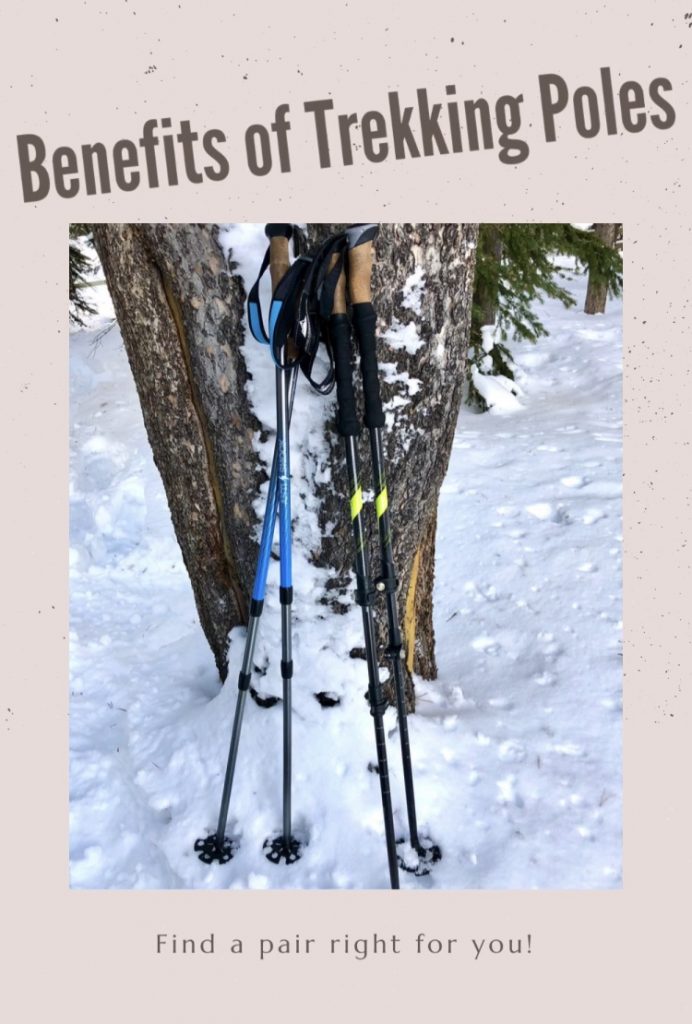
How to choose Trekking poles?
Cascade Trek Poles
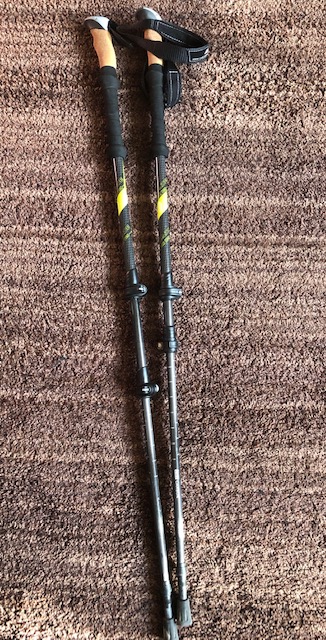
Outbound Anti Shock
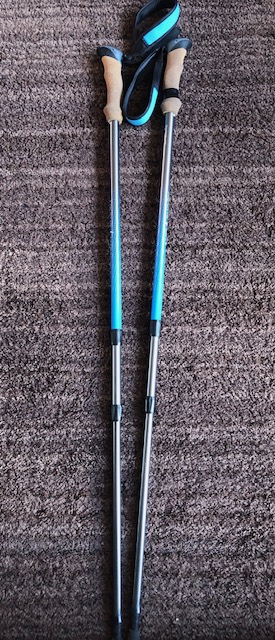
There are many hiking poles to choose from. Most trekking poles are made of either Aluminum or Carbon Fiber. These poles can have different mechanisms for adjusting such as Twist or Lever locks. Lever locks seem to be best.
- Aluminum – Cost less, Durable and flexible, Heavier,
- Carbon Fiber – Weigh less, More expensive, Although durable they may twist and break under extreme conditions.
Trekking poles also come with various features such as:
- Shock absorption
- Lightweight
- Fold-able
- Adjusting mechanisms
- Standard
- Camera mounts
This will be a personal choice and can affect the cost and comfort of your hike.
Trekking poles can also be used build a pole tent or tarp shelter
How to assemble collapsible trekking poles
Handle Grips are made of a Foam, Rubber, or a Cork Grip. Poles come with hand straps with various comfort designs as well to choose. Some poles may have an added grip below the handle (shown above) which protects cork handle as well as extra grip for steep areas.
- Foam – Soft, comfortable, and durable. Tend to absorb moisture therefore uncomfortable during rain hikes or sweaty hands on hot days.
- Rubber – Hard, uncomfortable and tend to break in cold temps and cause blisters.
- Cork – By far the most popular. Soft but a bit less durable as cracking and chipping may result over time. Repels/evaporates moisture. Moldable to your hands for extended comfort.
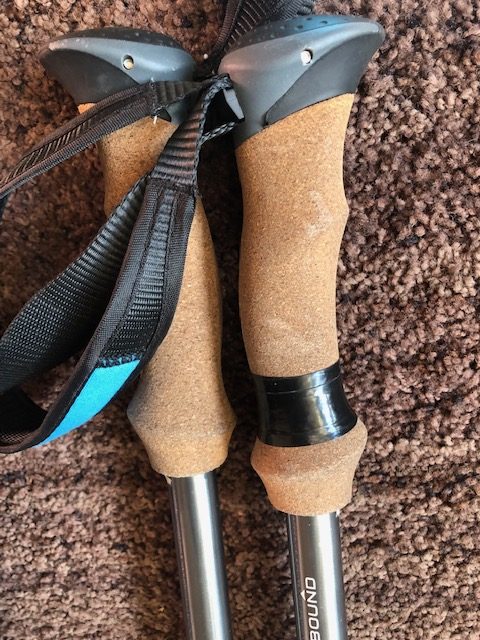
Pole Tip accessories
There are 4-5 tip accessories that come with a set.
- Carbide tips are of hard metal or carbide which are excellent on trails with rock, snow, and ice.
- Standard – For hard surfaces for better grip and protecting the metal tip.
- Mud Baskets – Great grip for mud and snow
- General increase more stability. Works great on concrete, asphalt pavement, wet dirt or gravel road.
- Snow – Extra traction in snow.
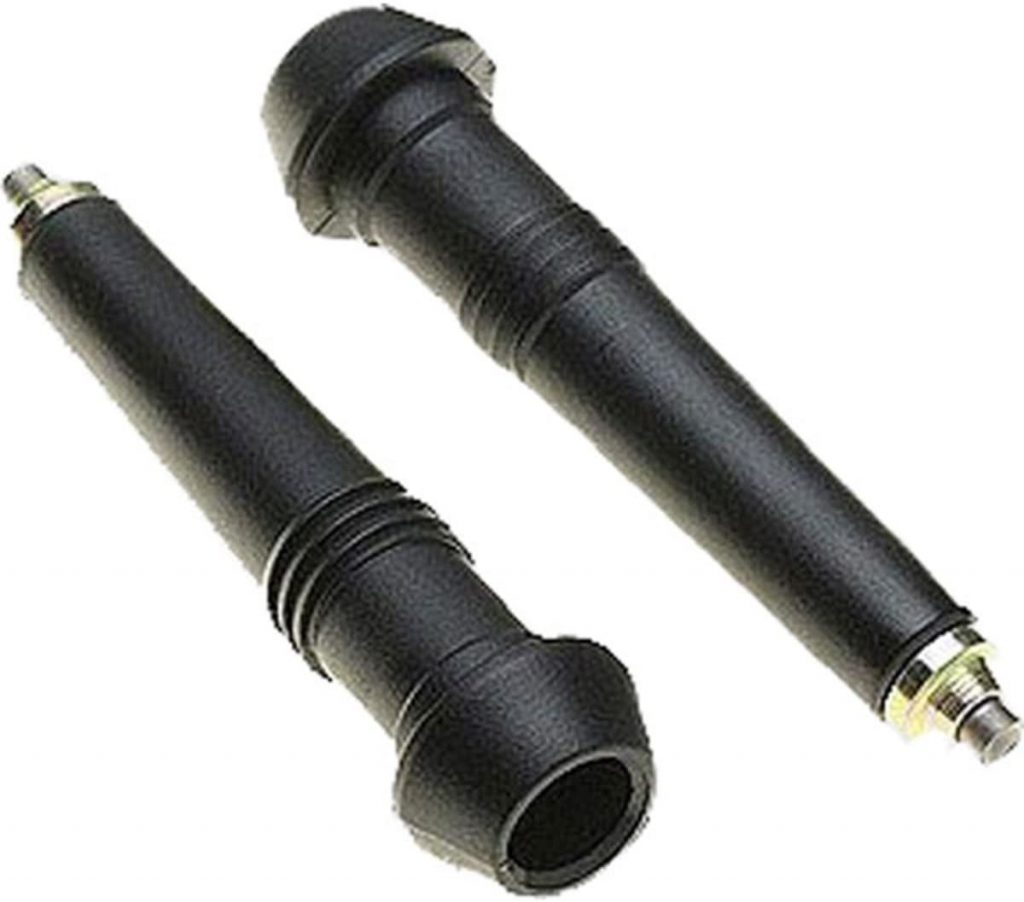
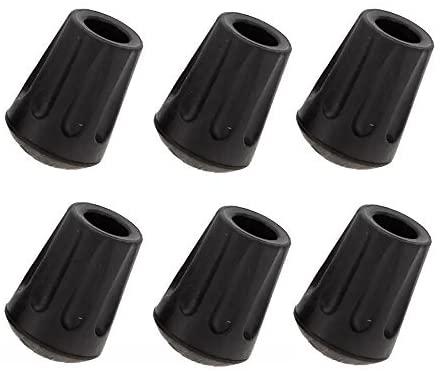
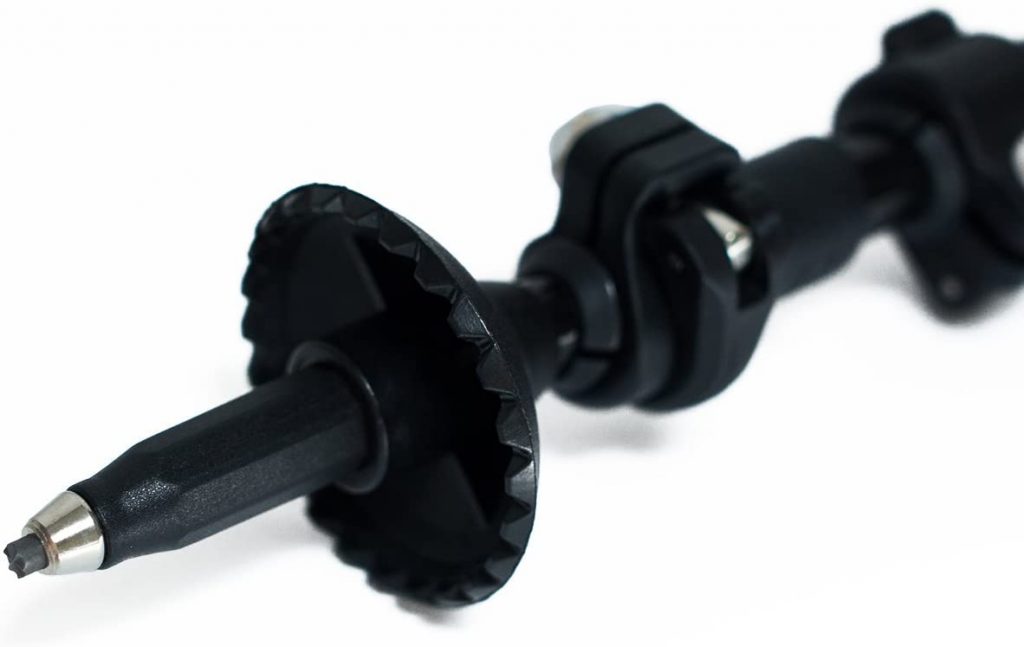

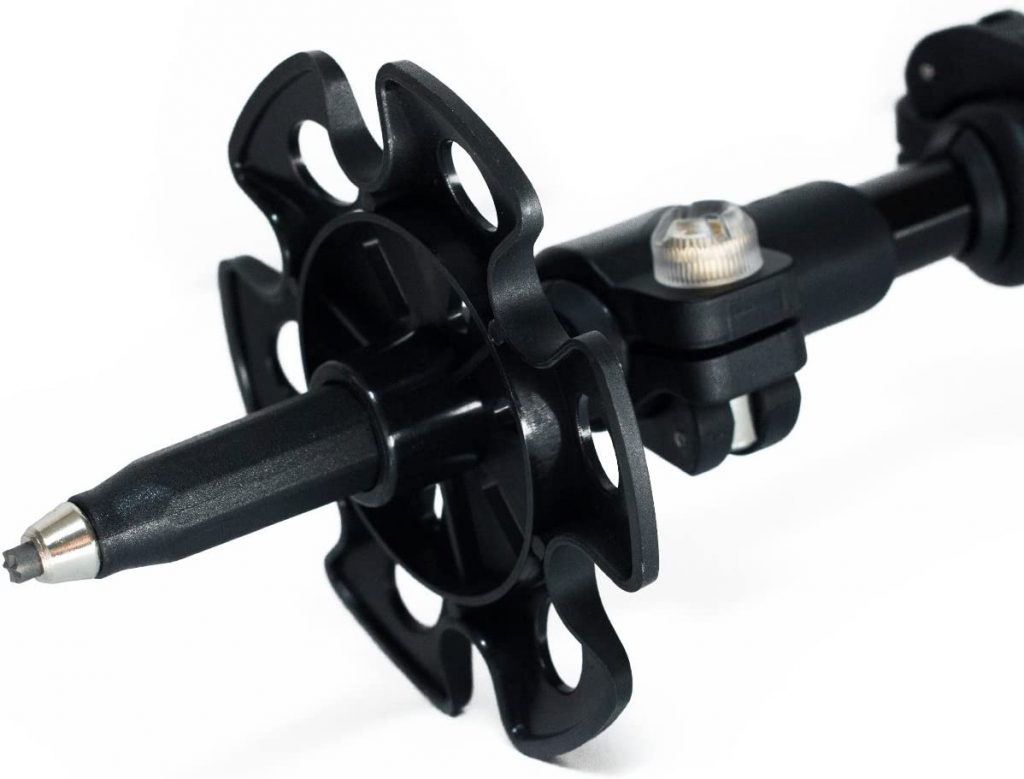
How to size your trekking poles
The average height of poles should be 6-8 inches above your elbow, longer for descending, and shorter for ascending the terrain. 90-degree bend at the elbow is general measurements.
Photos below are some of the hikes where trekking poles were very useful. Click on links for more info on these hikes.
- Ha Ling Peak Hike
- Lower Galatea Hike
- Sheep River Hike
- Two Jack Lake
- Brown-Lowery Provincial Park
- Wind Ridge
- King Creek
- Heart Canyon Waterfall Trail
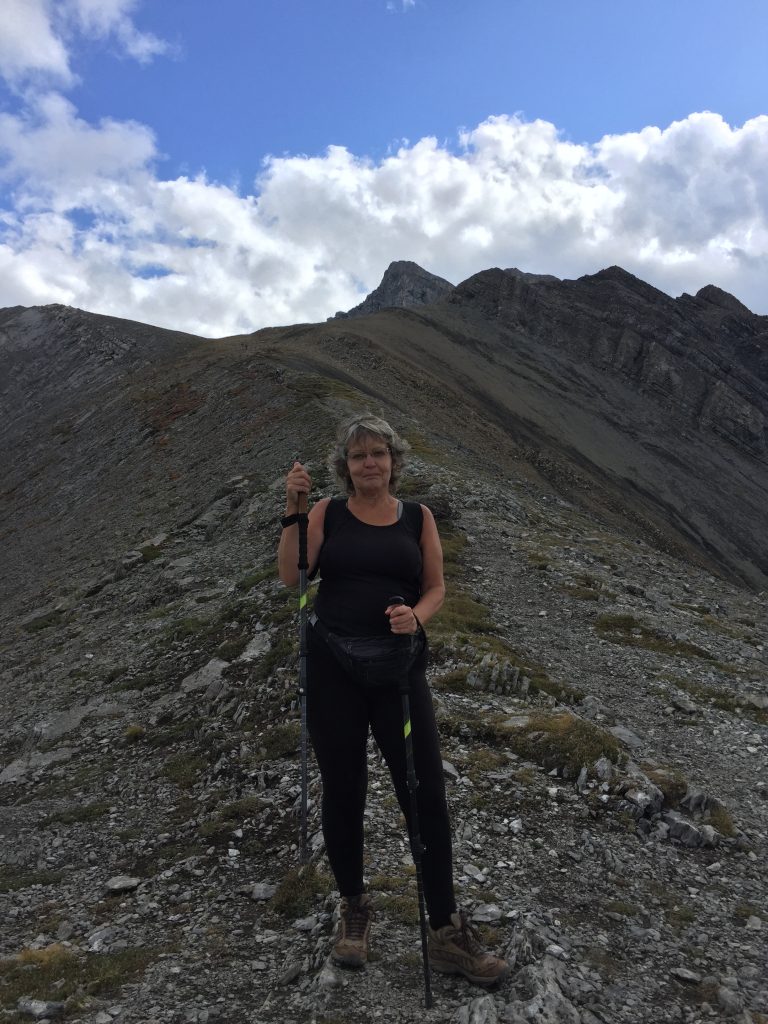


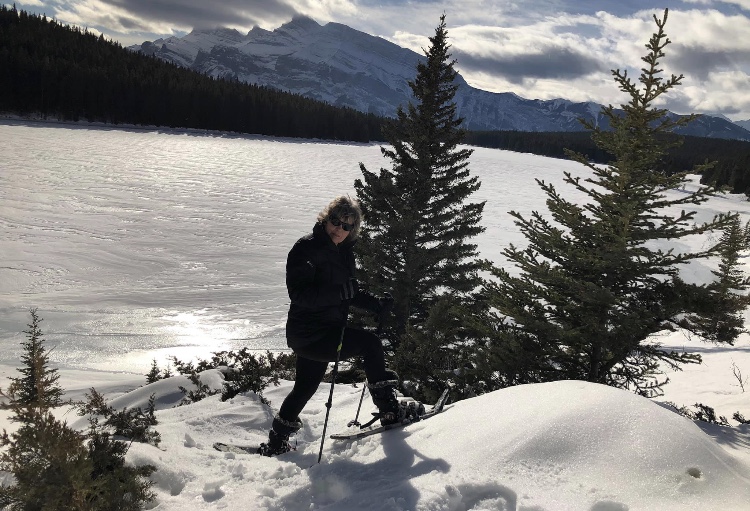
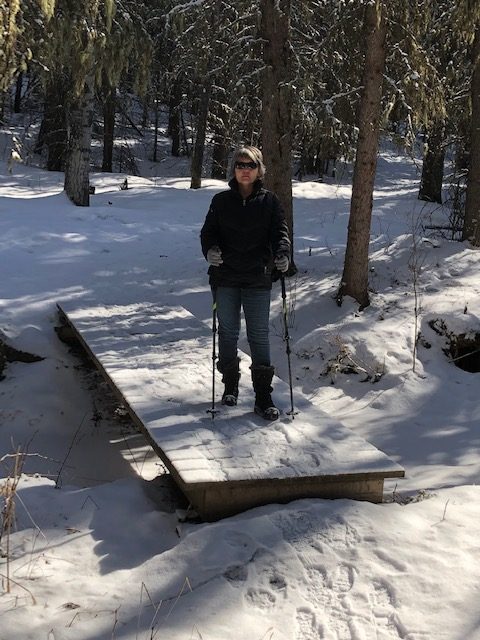
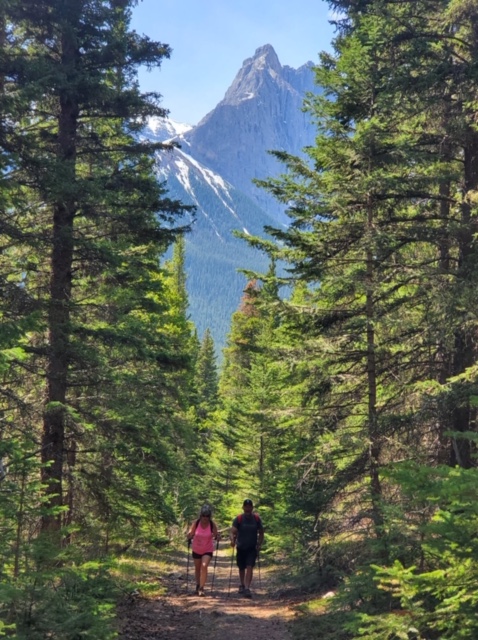
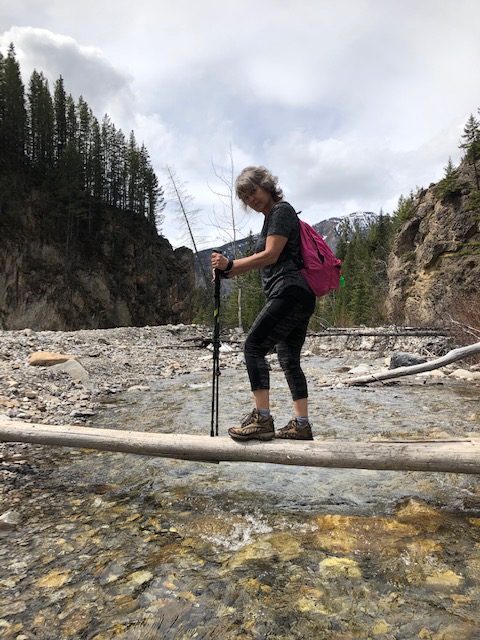

My 5 Best Trekking Pole Picks
#1 – King Gear If you are looking for a good pole with a low budget this is good.
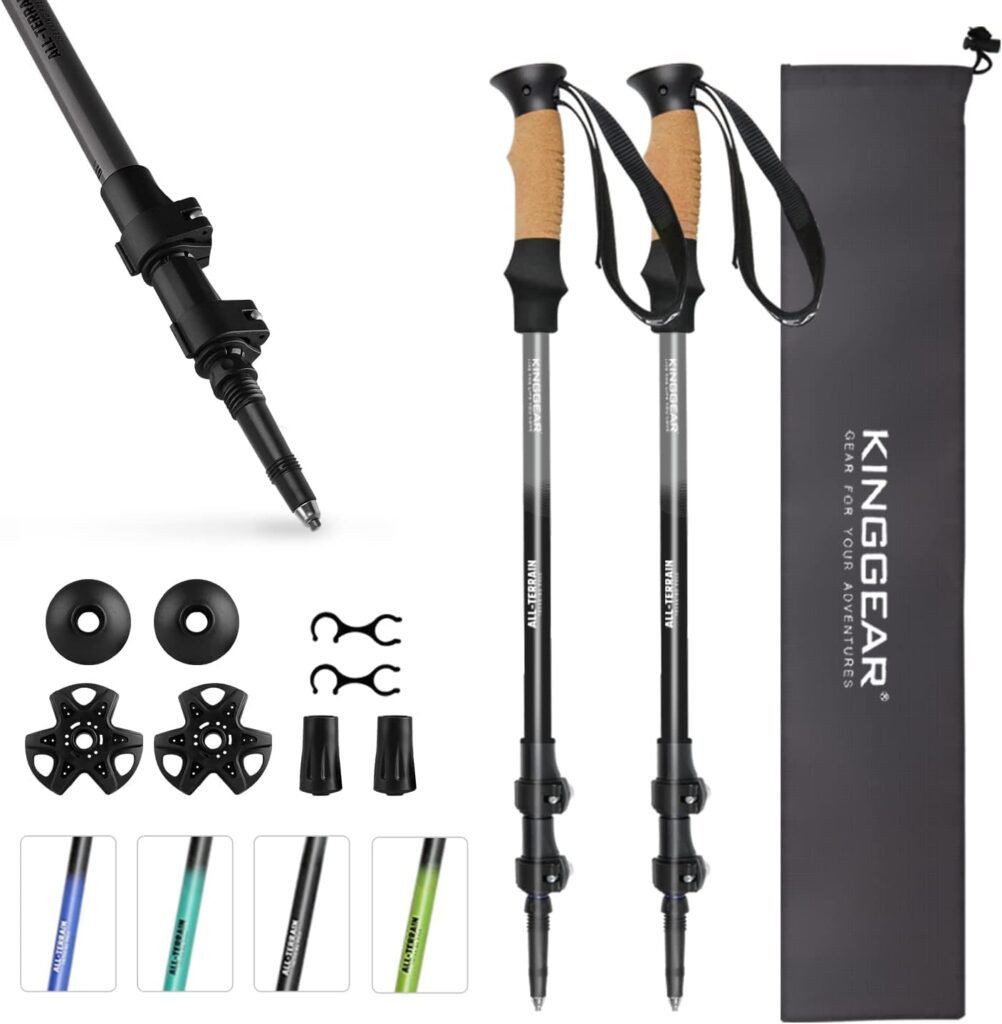
#2 – Cascade Mountain Tech My fav, no issues, long wearing.
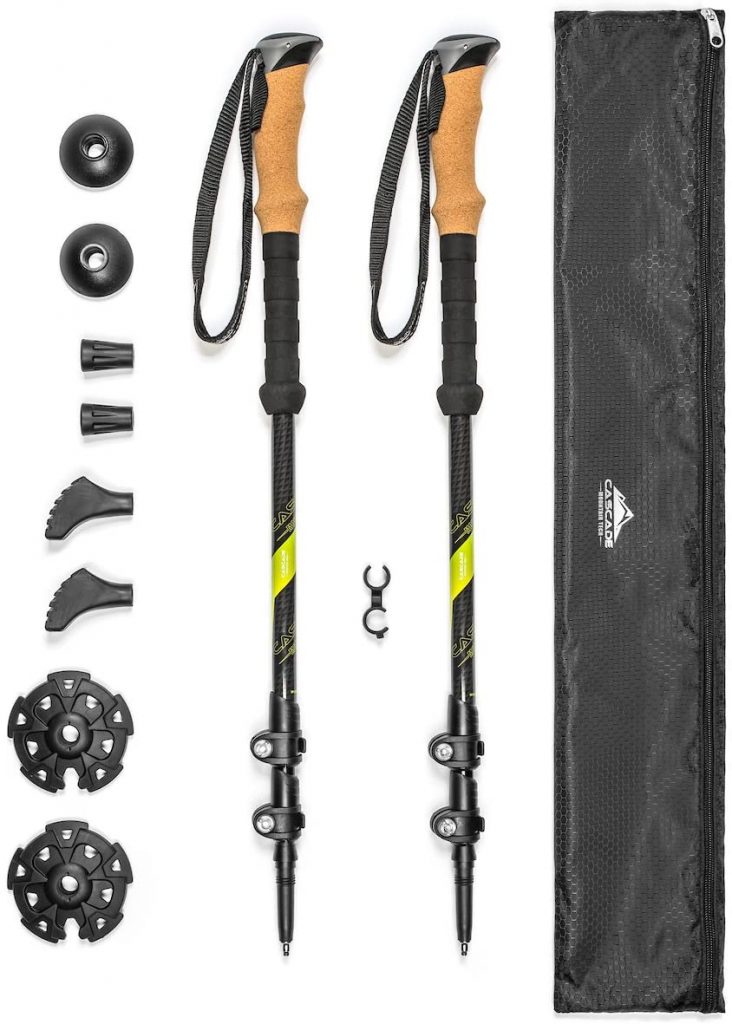
#3 – Foxelli Carbon Fiber Trekking Poles
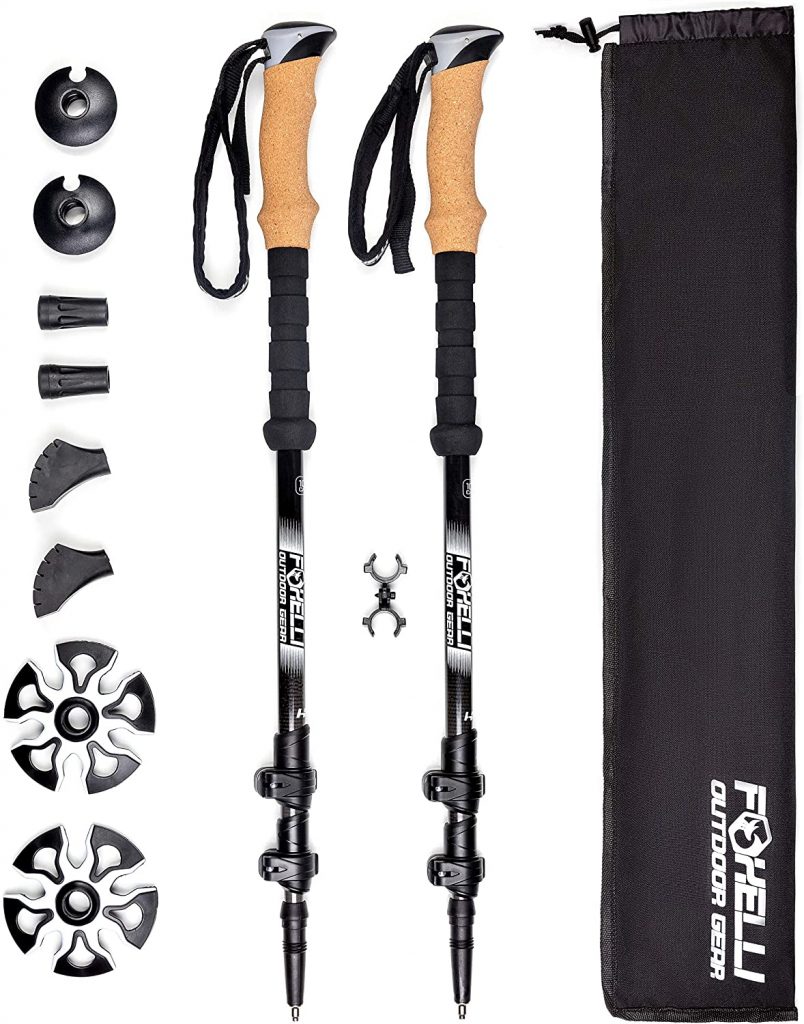
#4 – TREKOLOGY Trek-Z
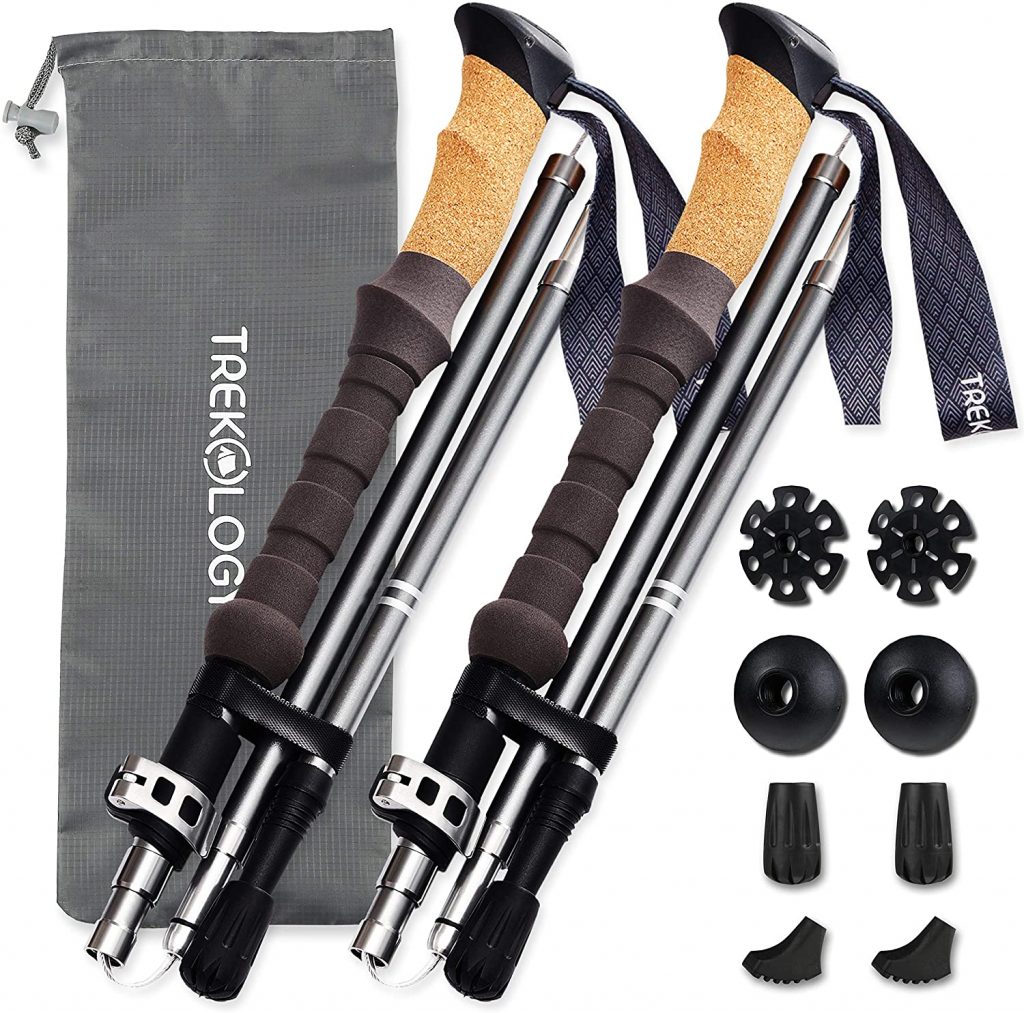
#5 – TheFitLife
